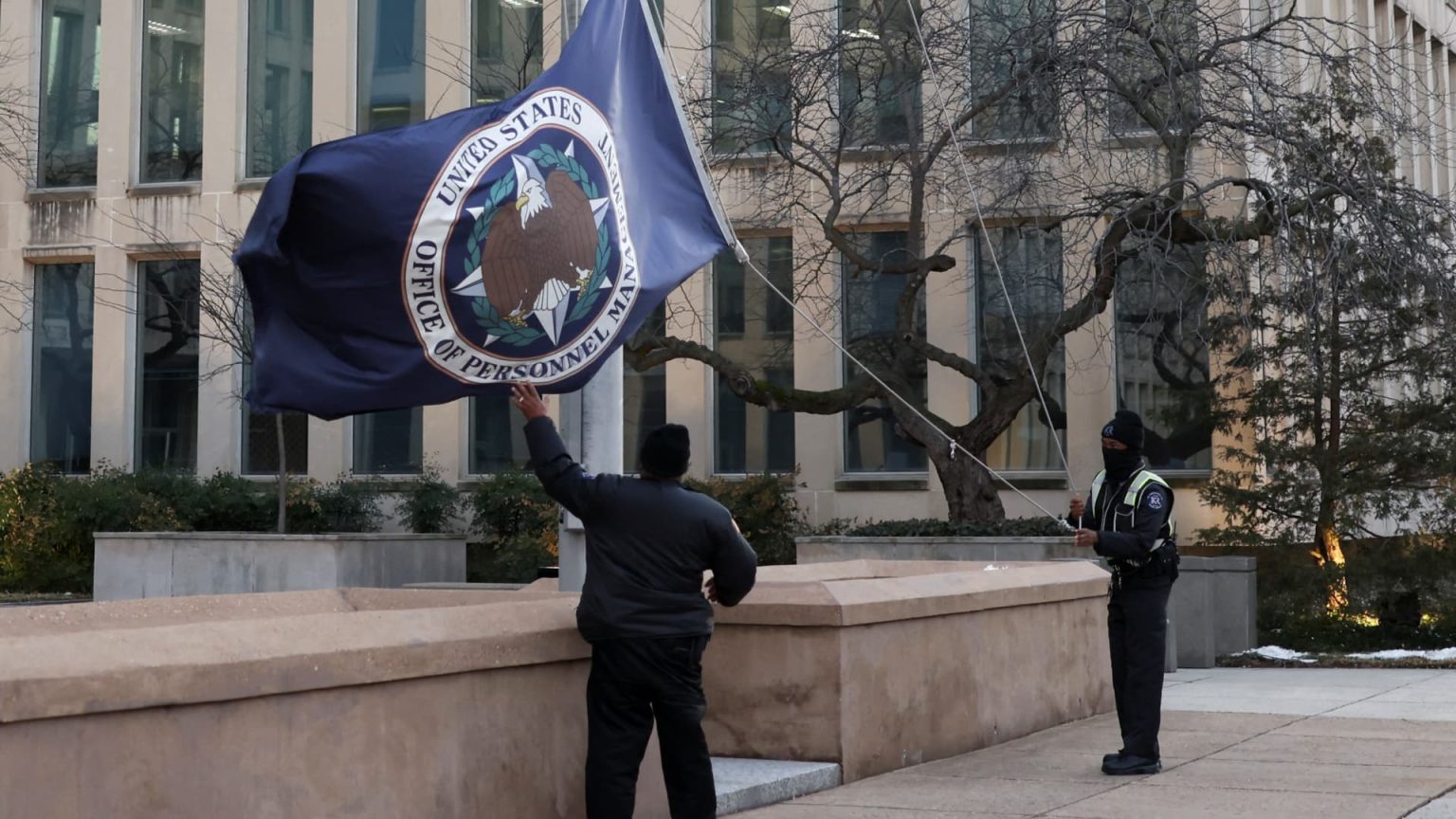A federal judge recently directed the Office of Personnel Management (OPM) to retract its previous guidelines on terminating probationary employees. Judge William Alsup ruled that the OPM overstepped its authority by ordering federal agencies to quickly decide the fates of these employees. While the ruling does not reinstate those previously dismissed, it raises critical questions about employment ethics and authority within federal agencies.
| Article Subheadings |
|---|
| 1) Judge Invalidates OPM Directives |
| 2) OPM’s Authority Challenged |
| 3) Impact on Federal Employees |
| 4) Legal Debate Over Firing Authority |
| 5) Future Implications for Employment Policies |
Judge Invalidates OPM Directives
On Thursday, Judge William Alsup of the Northern District of California ordered the Office of Personnel Management (OPM) to rescind a memo issued on January 20, instructing federal agencies to evaluate whether to retain certain employees. This decision stems from legal challenges surrounding the OPM’s directives to terminate probationary employees without adhering to established legal protocols. The judge’s ruling emphasized that the instructions given by the OPM, communicated through internal emails leading up to a series of dismissals, are illegal and should be stopped. Notably, while the ruling halts the OPM’s attempts to influence other federal agencies, it does not restore those already terminated.
OPM’s Authority Challenged
Judge Alsup’s ruling asserts that the OPM does not hold the power to dictate hiring and firing practices across federal agencies, only within its own staff. During the hearing, the judge emphasized, “The Office of Personnel Management does not have any authority whatsoever under any statute… to hire and fire employees within another agency.” This assertion comes at a time when many probationary employees have raised alarms about potential violations of their rights and protections under employment law. The case has highlighted the delicate balance of power and authority within the federal bureaucratic landscape.
Impact on Federal Employees
The implications of this ruling could be far-reaching, as many probationary employees find themselves in a state of uncertainty. Hundreds of thousands of individuals may potentially be affected by the directives stemming from the previous administration. Legal representatives for the dismissed employees argue that the swift nature of these terminations and a lack of transparency in the process point to a larger systemic issue concerning federal employment policies. They contend that probationary workers, who are often considered the “lifeblood of our government,” deserve better protections as they begin their careers.
Legal Debate Over Firing Authority
The courtroom proceedings highlighted a significant debate over whether the OPM’s communication constituted an order or a mere suggestion. During the hearings, Judge Alsup raised questions about the nature of the OPM’s directives, suggesting that the zeitgeist of similar terminations across multiple agencies could indicate an organized order rather than independent agency action. In contrast, government counsel, represented by Assistant U.S. Attorney Kelsey Helland, maintained that such communications were requests rather than mandates. This semantic difference could have profound implications for how federal employee terminations are approached in the future.
Future Implications for Employment Policies
Looking ahead, the legal changes stemming from this ruling may alter how federal employment practices are administrated. With a scheduled hearing in the near future where acting OPM Director Charles Ezell is expected to testify, further discussion surrounding the rights of probationary employees is likely to ensue. Legal experts are watching closely as this case may set precedents regarding the authority of the OPM and the protections afforded to federally employed probationary staff. The outcome could reshape the operational practices of federal agencies, leading to more rigorous scrutiny of employment policies.
| No. | Key Points |
|---|---|
| 1 | Federal judge orders OPM to rescind illegal firing directives. |
| 2 | Judge indicates OPM lacks authority over other federal agencies’ hiring practices. |
| 3 | Far-reaching implications for probationary federal employees at risk of termination. |
| 4 | Debate continues on the legitimacy of the OPM’s communication methods. |
| 5 | Potential reformation of federal employment policies under legal scrutiny. |
Summary
The recent judicial ruling has spotlighted significant issues surrounding the authority of the OPM and the protections granted to federal probationary employees. As the legal proceedings move forward, they may foster greater accountability and policy changes that align with fair employment practices. This case not only impacts current employees but could also lead to long-term reforms in federal hiring and firing protocols.
Frequently Asked Questions
Question: What authority does the Office of Personnel Management have?
The Office of Personnel Management’s primary authority governs its employees and manages federal hiring and benefits. However, the recent ruling clarifies that OPM cannot dictate employment practices for other federal agencies.
Question: What are probationary employees?
Probationary employees are staff members hired temporarily, typically for an initial training period, to determine their suitability for long-term employment. This status can present unique challenges regarding job security and protections.
Question: What could be the outcome for the affected employees in this case?
While the ruling does not reinstate terminated employees, it may lead to policy changes that improve protections for probationary workers in the future, ensuring more transparency and adherence to employment law.


